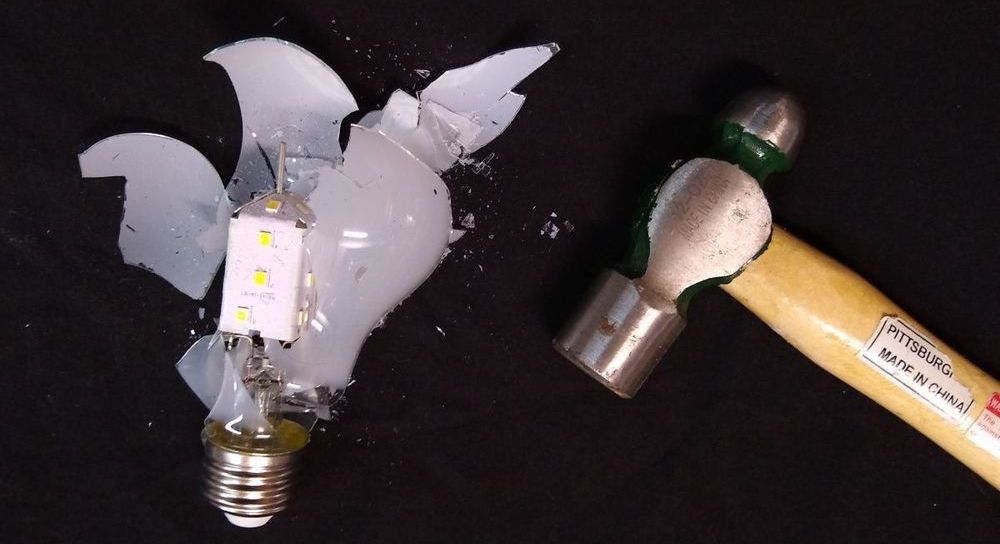An excellent article on Hackaday addresses the lifetime of LED bulbs. To a certain degree, it also addresses the lifetime of LED’s themselves. However, the majority of the article investigates the various parts of the LED bulb, such as electronics and housings, and how they last. The article also addresses the issues of lumen depreciation and color change.
These issues are all important when thinking about long-term use in space applications.
Early adopters of LED lighting will remember 50,000 hour or even 100,000 hour lifetime ratings printed on the box. But during a recent trip to the hardware store the longest advertised lifetime I found was 25,000 hours. Others claimed only 7,500 or 15,000 hours. And yes, these are brand-name bulbs from Cree and GE.
So, what happened to those 100,000 hour residential LED bulbs? Were the initial estimates just over-optimistic? Was it all marketing hype? Or, did we not know enough about LED aging to predict the true useful life of a bulb?
I put these questions to the test. Join me after the break for some background on the light bulb cartel from the days of incandescent bulbs (not a joke, a cartel controlled the life of your bulbs), and for the destruction of some modern LED bulbs to see why the lifetimes are clocking in a lot lower than the original wave of LED replacements.
